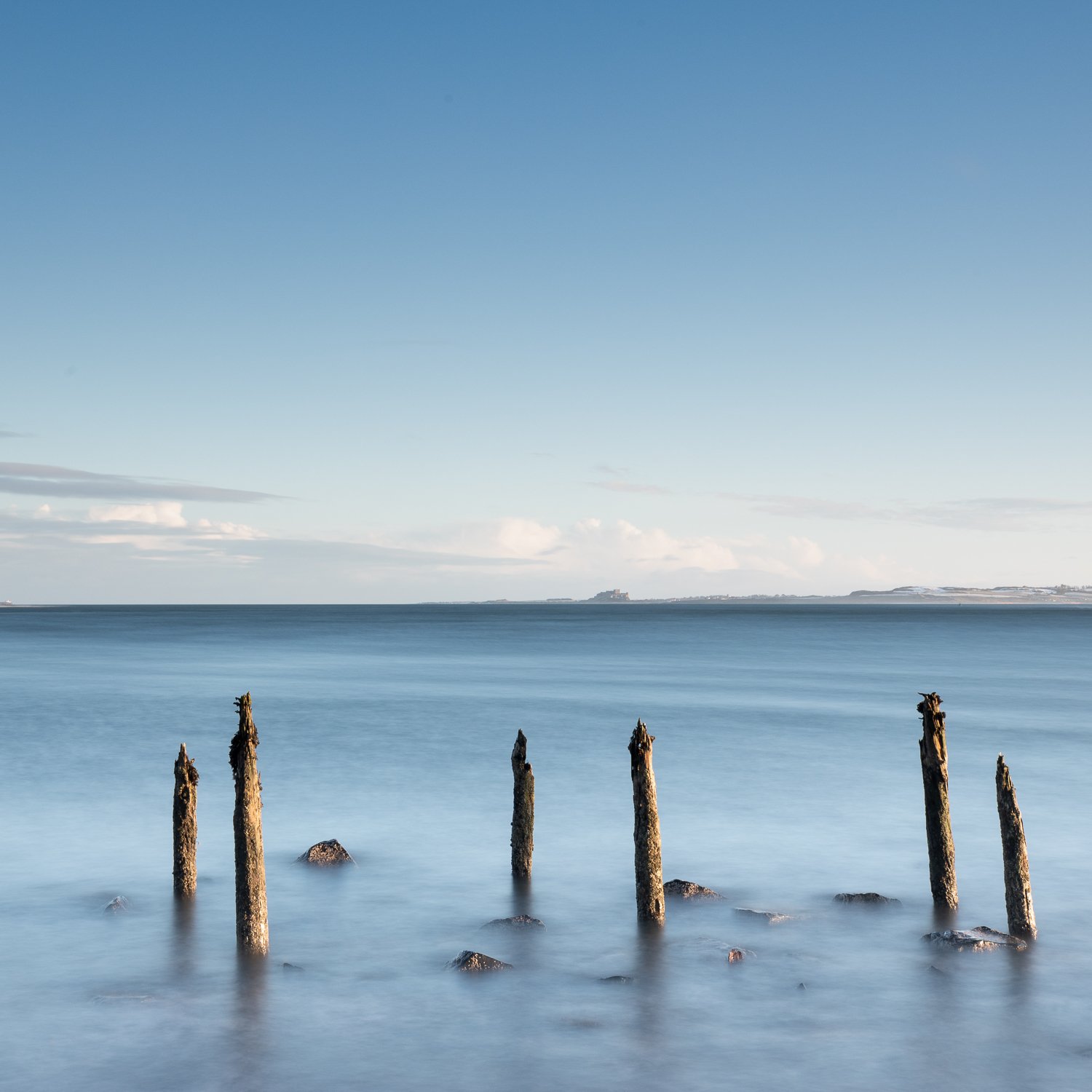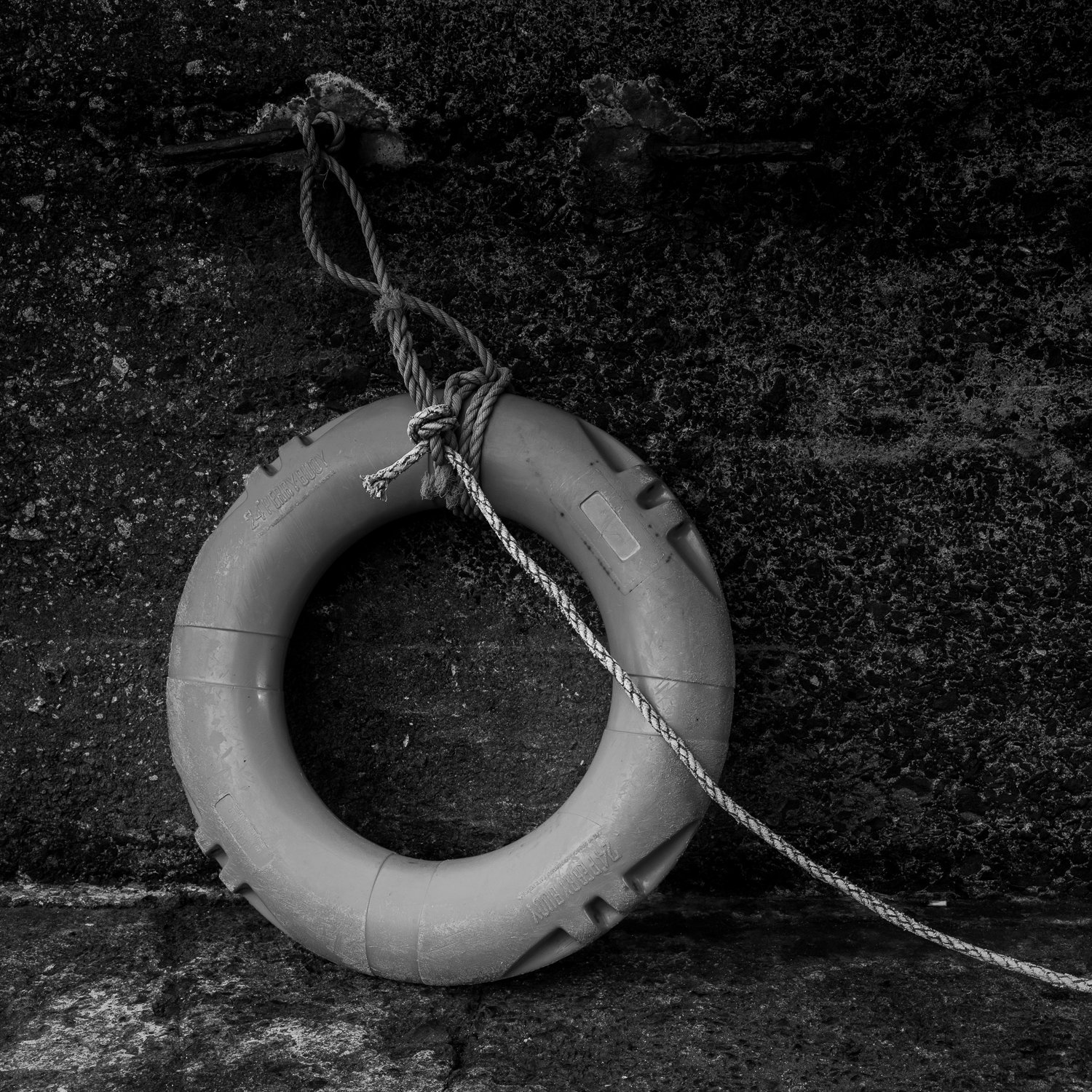Five Go To Northumberland
Hello folks,
It’s not far off the middle of March and already my intention of doing this blog regularly has fallen by the wayside! Life has been busy, but I was full of plans to catch up a bit in the evenings last month when I was working away from home. However, my colleague and some red wine soon put paid to that!
One of the best things that has come out of the trips I do is the friendships I have made. And even better when those friendships continue and flourish beyond the trips we sign up to. Just over a month ago I headed off to Bamburgh, Northumberland to meet up with some of these friends on a workshop weekend that we had organised ourselves. We had a couple of photographers along to keep us in line (they failed miserably 😀): Paul Sanders and Sam Gregory. We did a similar weekend with them in Dorset last year which was a lot of fun; I thought we had completely broken them with our antics then, but they are obviously suckers for punishment as they agreed to join us again.
The weekend coincided with the extremely snowy weather the country was experiencing at the end of January/beginning of February. I managed to drive from Inverness to Bamburgh only encountering snow within the last 20 miles whereas a friend from Somerset had to almost dig himself out of the house to leave. Travel issues aside, the snow had some benefits. Our first morning out with the cameras saw us on Bamburgh Beach for a sunrise that didn’t happen. But we didn’t mind as the beach was covered in snow and, surprisingly, we had it all to ourselves. I very nearly got off to a disastrous start as the wind caught my filter like a sail blowing my tripod and camera over. Thanks to the snow, probably, nothing was damaged other than a scratch to the filter that doesn’t seem to be affecting it.
Bamburgh Beach in the snow
Bamburgh Castle is an iconic site on Northumberland’s coast and dominates the beach. Its written history begins in the times of the Anglo-Saxons with one chronicler citing Bamburgh as probably the most important place in all of England. But even before then, there is archaeological evidence that people were inhabiting the area as early as 10,000 BC. There are Bronze Age (2,400 -700BC) burials nearby and pottery sherds dating to the Iron Age (700 BC – 43AD).
The site was originally the location of a Celtic Brittonic fort known as Din Guarie and may have been the capital of the kingdom of Berniciafrom its foundation in c. 420AD to 547AD. After passing between the Britons and the Anglo-Saxons three times, the fort came under Anglo-Saxon control in 590AD. The fort was destroyed by Vikings in 993AD, and the Normans later built a new castle on the site, which forms the core of the present one. After a revolt in 1095 supported by the castle's owner, it became the property of the English monarch.
In the 17th century, financial difficulties led to the castle deteriorating, but it was restored by various owners during the 18th and 19th centuries. It was finally bought by the Victorian era industrialist, William Armstrong, who completed its restoration. The castle still belongs to the Armstrong family and is open to the public. We didn’t do the tourist thing (not sure if it was even open), but I visited many years ago and have a memory of it being pretty impressive.
After a very large cooked breakfast, we headed off to Lindisfarne or Holy Island, which lies a few miles off the coast between Bamburgh and Berwick-upon-Tweed. It’s only accessible by a causeway that skims over the sand, but beware as Holy Island is cut off twice-daily from the rest of the world by fast-moving tides. Unsuspecting tourists are regularly caught out and have to be rescued form the flooded causeway. There is a small village on the island as well as the Priory that was sacked by the Vikings in 793AD and then destroyed by Henry VIII’s dissolution of the monasteries in the 16th century. Essentially Henry took the hump because the Pope wouldn’t let him divorce his first wife so he created the Church of England, dissolved the monasteries and took their wealth; but then, I suppose you can do what you want when you’re king! There’s also a small castle on the island.
Lindisfarne Castle
Lindisfarne Castle was built in the 16th-century and located on what was once the very volatile border area between England and Scotland. The castle was built in 1550, around the time that Lindisfarne Priory went out of use as a result of Henry VIII's dissolution of the monasteries, and stones from the Priory were used as building material. It is very small by usual standards, and was more of a fort than a castle. It sits on the highest point of the island, a whinstone hill called Beblowe. To me, it’s a much smaller version of Edinburgh Castle as they both perch on a plug of igneous rock.
One of the reasons for spending a weekend with professional photographers is to learn and grow your own skill set. Paul and Sam are very good at gently pushing you outside your comfort zone, often with surprising results. Whilst on the island, they set us a challenge: no horizon. As result, we all spent a happy hour in and around the old upturned boats by the harbour focusing in on detail and abstract patterns. I concentrated on one particular boat and was amazed, once I really started to look, at how much there was to photograph in a very small area. I could quite easily have spent the rest of the day there! I’ve since been directed to the opening lines of William Blake’s poem Auguries of Innocence that sums it up perfectly:
To see a World in a Grain of Sand
And a Heaven in a Wild Flower
Hold Infinity in the palm of your hand
And Eternity in an hour
Day two saw us heading along the coast to Embleton Bay from where you get a great view of Dunstanburgh Castle, which stands on a headland between the villages of Craster and Embleton. Built in the early 1300s by the Earl of Lancaster, the location takes advantage of natural defences and the existing earthworks of an Iron Age fort. The only structures that remain largely intact now are Lilburn Tower and the grand gatehouse. The view from the north gives a dramatic silhouette of the tower whilst the view from Craster to the south gives a softer impression. Squally snow showers eventually drove us off the beach and we headed to Craster for lunch.
The day was rounded off with a trip to Low Newton-by-the-Sea where we spent a bit of time peering down at the rocks putting our new-found abstract skills to work. We must have looked peculiar to those hardy souls out for a Sunday afternoon walk; we were all off in a little world of our own, completely oblivious of each other.
Back at The Mizen Head where we stayed, which incidentally was lovely with delicious food, we had our last meal together. There was so much trauma over the lack of vanilla ice-cream to go with some of the best Sticky Toffee Pudding any of us had tasted that a guest on a neighbouring table was unable to eat her meal for laughing at our antics.
A couple of us, who stayed on for an extra night, did manage to drag ourselves out of bed for another sunrise session on Bamburgh Beach, where the snow had gone and the castle was looking moody. Then it was time for home. Another fantastic trip in the company of lovely people where there was lots of fun and laughter. Can’t wait for the next one 🙃
















